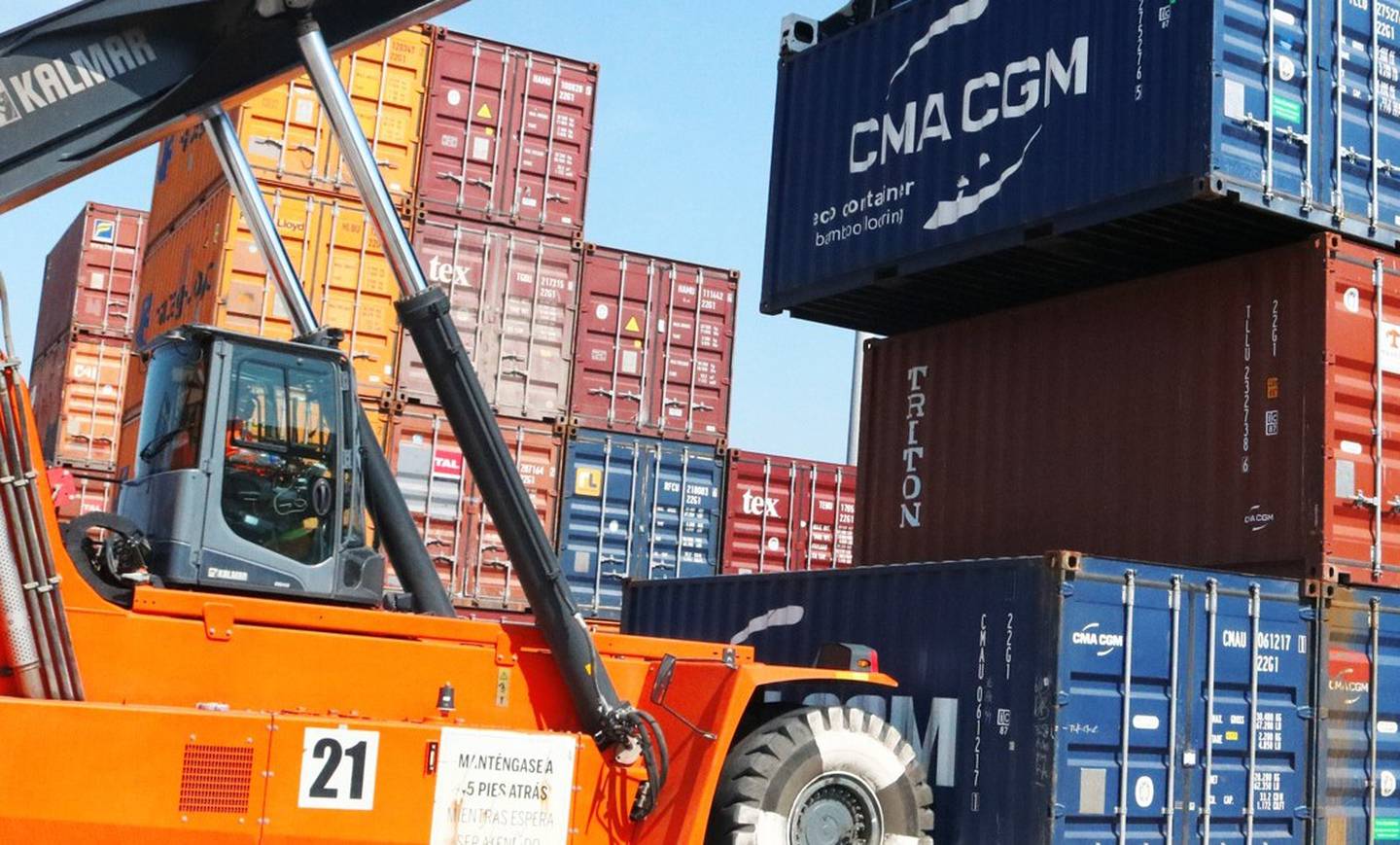For the remainder of 2022, the economies of Central America and the Dominican Republic face the challenge of sustaining a monetary policy that contains both inflationary pressures and the growing risk of exchange rate volatility, but that at the same time does not slow down economic growth, indicates an analysis by the Economic Commission for Latin America and the Caribbean (ECLAC).
The economic study published this week indicates that, for this reason, it is essential to achieve adequate coordination and complementarity between fiscal, monetary and macro prudential exchange rate policies, and of these with sectoral policies, articulating the instruments with which each of the economies of the region has.
Read also: Check out our coverage on Honduras
In 2021, the gross domestic product (GDP) of the countries of Central America and the Dominican Republic (CARD) reported an average real growth rate of 10.8%, the highest in several decades, after the deep contraction of 7.4 % registered in 2020, as a result of the measures taken to face the covid-19 pandemic.

ECLAC estimates that in 2022 the CARD economies will have a weighted growth of 4.5%, slightly lower than the 4.9% projected at the beginning of the year, mainly due to the restrictive monetary policies implemented to contain inflation, the lower growth of the United States, which is its main trading partner, and the persistence of high prices of raw materials, which will affect the terms of trade.
Despite the fact that CARD’s average growth would be lower than that registered in 2021, it would be well above the Latin American and Caribbean average (2.7%). According to the projections for the end of the year, Panama would again observe the highest growth rate (7.4%) and the lowest would be registered in El Salvador.
MONETARY POLICY OUTLOOK
The international economic outlook presents various challenges in the second half of 2022. The CARD countries have the challenge of maintaining economic dynamism in an international context of higher inflation, weakening of their trading partners, more restrictive financing conditions due to increases in world and internal interest rates, as well as growing uncertainty in the face of greater geopolitical tensions between China and the United States, following the rapprochement of the North American country with the Republic of China (Taiwan), and the continuation of the war in Ukraine.
The central government fiscal deficit as a percentage of GDP registered a reduction in all CARD countries, from 6.7% on average in 2020 to 3.8% in 2021.
This evolution was the result of an increase in income and a decrease in total expenses. The average public debt decreased from 59.6% of GDP in 2020 to 58.0% in 2021.
By 2022, the gradual strengthening of public finances is expected to continue in most of the countries of the subregion. Inflationary pressures, encouraged to a large extent by the increase in international prices of raw materials, led to an increase in reference interest rates in most of the CARD countries.
Although these rates remained unchanged for most of 2021, they subsequently increased in all the countries of the subregion, with the exception of Honduras, which has not changed its monetary policy rate (TPM) since November 2020, when the reduced by 75 basis points, up to 3.00%.
In addition to the adjustments in the reference rates, other conventional and non-conventional measures have been implemented to deal with inflation. The balance of the current account of the balance of payments of the countries of the region registered an average deficit equivalent to 1.9% of GDP in 2021, contrary to the surplus of 1.3% of GDP in 2020.
IN MATTERS OF TRADE
The notable increase in imports, greater than that of exports, resulted in a return to the historical trend of trade deficit that has characterized the subregion.
In 2021, exports of goods from CARD countries reported an annual increase of 28.7%, while imports of goods grew by 40.5%.
The favorable trend is expected to continue in 2022, although at a more moderate pace, due to restrictions on the supply of industrial inputs and the intensification of international geopolitical conflicts.
In 2021, the average year-on-year inflation (December-December) of the CARD countries stood at 5.2%, 2.8 percentage points above that registered in 2020 (2.4%).
Inflationary pressures have increased in 2022, in a context of geopolitical tensions caused by the war in Ukraine and a significant increase in the international prices of primary goods, which has led to year-on-year inflation the average of the CARD countries as of July was 8.9%.
With information from Bloomberg Línea

